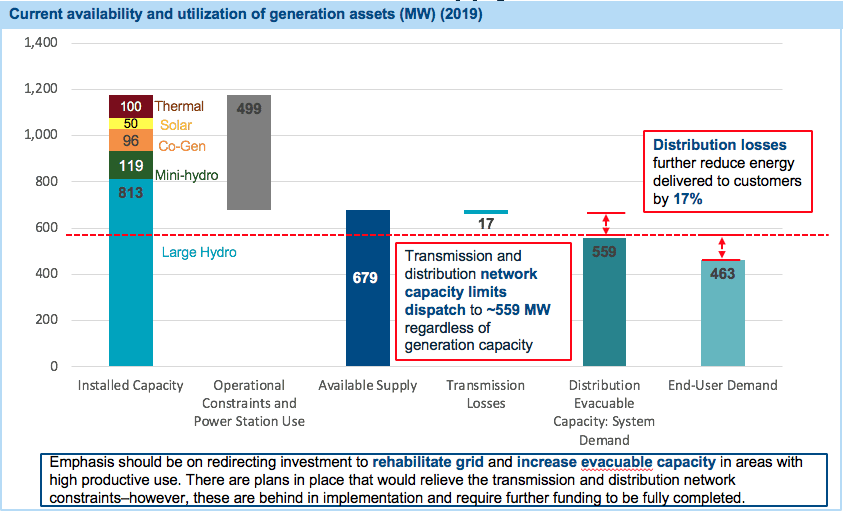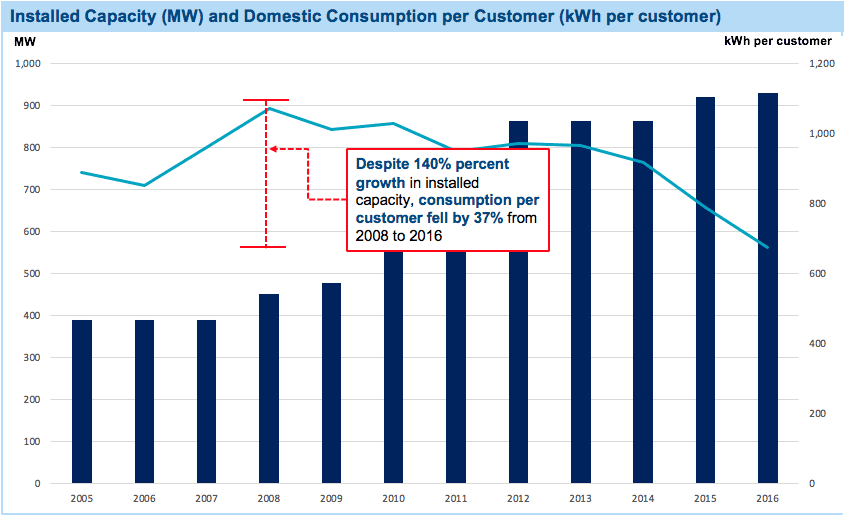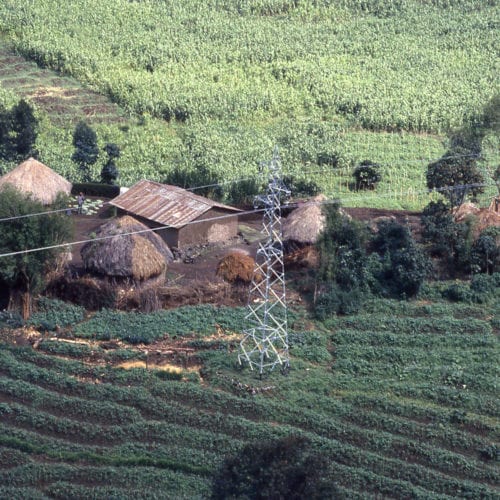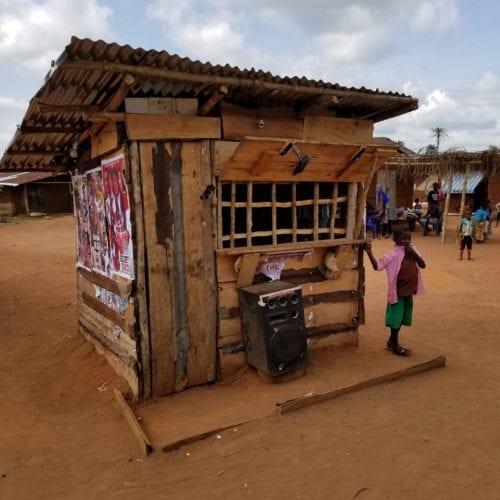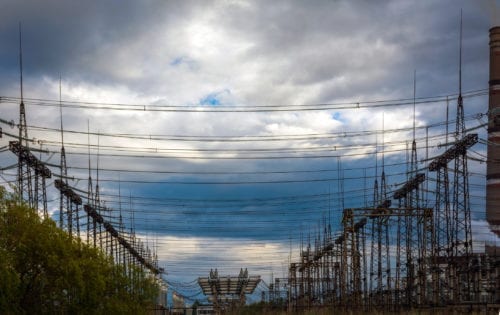
Achievements and Challenges of Uganda’s Power Sector
In 2005, Uganda descended into a power crisis that changed energy planning mindsets forever. A sharp decline in hydropower generation output, partly blamed on prolonged droughts that affected water levels in Lake Victoria along with delayed capacity additions, meant that electricity demand was double the available supply. This led to a period of long power outages and load shedding, which caused economic loss and ultimately reduced the country’s GDP growth. To address the immediate crisis, the government turned to expensive diesel rentals in the short term as systematic interventions followed to buy time for a concerted effort to overcome the crisis.
From Shortage to Surplus
In the time since, the country has made significant progress and, with significant private capital investment, has transitioned from a supply deficit to a surplus—generation capacity has tripled to nearly 1,200 megawatts (MW) today and is set to increase to 1,800 MW by the end of 2019 with the addition of the Karuma dam.
As a result, there have been few incidents of supply-related load shedding since 2013. Electrification rates have also doubled from about 10 percent in 2006 to almost 25 percent today, and transmission and distribution losses have been significantly reduced by 20 percent. For Uganda, continuing economic development with power sector investment is no longer a question of supply but a question of how to stimulate productive use of electricity to take advantage of a surplus of generation.
Continued Challenges Despite Additional Supply
Ramping up generation in isolation has a price, notably a high tariff. Uganda’s intense focus on grid-based generation will create almost 2,700 MW of surplus supply by 2023 if generation is built following the most ambitious government plans. Because supply must be paid for regardless of whether or not it is used, surplus can be expensive; for example, a $0.10/kWh take-or-pay power purchase agreement can manifest as $0.20/kWh if only half the power is used. In Uganda the mismatch between supply and demand could increase total electricity costs by over $950 million per year and increase the cost of service to more than $0.30/kWh.
While transmission and distribution losses have improved, there is more to do. Constraints in transmission and distribution systems and their interconnection limit the use of existing supply to around 693 MW regardless of the installed capacity. The Ministry of Energy and Mineral Development (MEMD) Priority and Issue Paper of 2019 estimated that this bottleneck is suppressing around 450 MW of potential near-term demand, increasing cost of service by a further $0.10/kWh and increasing cost due to unutilized capacity by $125 million per year by 2023.
Source: RMI Uganda Power Sector Diagnostic, 2018
Figure 1: Capacity availability and utilization
RMI has shown there has been a lack of focus on stimulating the productive use of electricity and investment in demand side resources—between 2008 and 2016 installed capacity has grown by 140 percent but domestic energy consumption per household has fallen by 37 percent.
Source: RMI Uganda Power Sector Diagnostic, 2018
Figure 2: Installed capacity versus consumption by customer
Three Recommendations
RMI produced a diagnostic study for Uganda that highlighted three high-priority recommendations to address present day and emerging challenges:
- Restructure and, if possible, delay construction of new (large) power stations to balance grid supply and demand at least cost
- Put more emphasis on transmission and distribution investments to enable evacuation of power and serve latent demand
- Encourage distributed generation, minigrids, and energy efficiency in the system
RMI’s work is helping the government shift focus and direct financing to address the new challenges. Uganda has since embarked on construction and rehabilitation of more transmission and distribution lines. In recognition of the oversupply challenge, the government launched the Energy Connection Policy in 2018, with the objective of increasing connections both on- and off-grid by subsidizing connection fees. And MEMD continues to stress demand stimulation and encourage decentralized generation and consumption.
Next Steps
Uganda’s power crisis is in the past, and the government remains cognizant of the new emerging challenges. However, more remains to be done, such as robust integrated planning followed by conducive policies that encourage private sector engagement in energy. We are excited that the ongoing Utility 2.0 work encourages an integrated approach to electrification by having utilities work with off-grid renewable systems and distributed energy resources to increase connections, stimulate demand, reduce costs to make minigrids more economical, and encourage productive use of energy. RMI and other partners will continue to support Uganda’s energy transformation in the coming years to ensure that all residents have access to reliable and cost-effective electricity.
